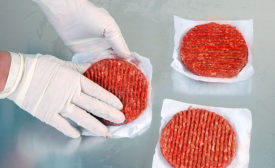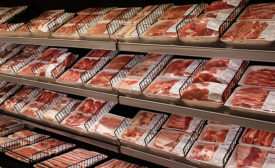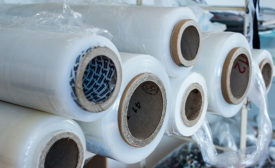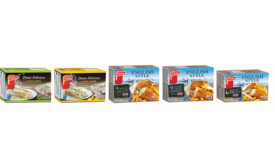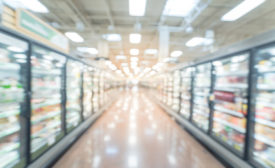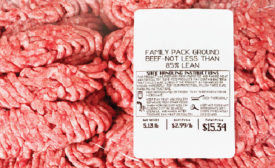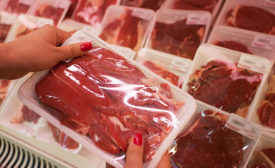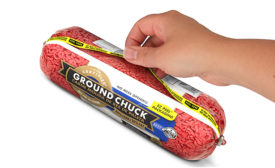Articles by Hallie Forcinio
Packaging Tech
Consumers rely on microwavable products to simplify meal prep
Quick and easy
Read More
Packaging Tech
Films work with machines to add functionality to pouch packaging
Form-fill-seal: Films play key role
Read More
Packaging Tech
Overwrapping upgrades
Current overwrap models boost productivity along with ease of use.
Read More
State of the Industry
State of the Meat and Poultry Industry 2017: Packaging
Your wish is my command... Consumer demands continue to focus the growth of packaging segments.
Read More
Stay ahead of the curve. Unlock a dose of cutting-edge insights.
Receive our premium content directly to your inbox.
SIGN-UP TODAYCopyright ©2024. All Rights Reserved BNP Media.
Design, CMS, Hosting & Web Development :: ePublishing
